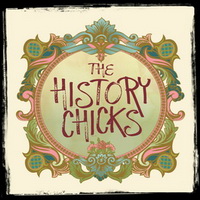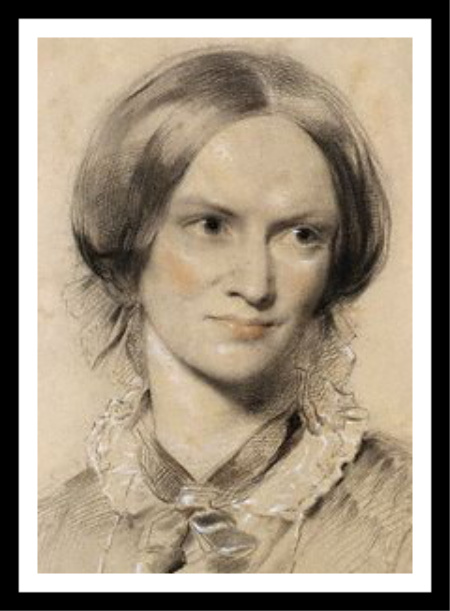
A familiar portrait of Charlotte, a chalk drawing by George Richmond in 1850. wikicommons
After a life of starts and stalls trying to find a way to support themselves, Charlotte Brontë and her sisters Emily and Anne finally hit on the career that paired their lives of heartbreak, horrors, love, and challenges with their vivid imaginations (and a heavy dose of Lord Byron.)
We focus on Charlotte in this episode, but we couldn’t tell her story without a heavy assist by her sisters. Charlotte was born on April 21, 1816 in Thornton, in Yorkshire England. She was the third of six children of the Reverend Patrick and his wife, Mariah Branwell Brontë. By the time she was six, her mother had died; by the time she was nine, her two oldest sisters had followed suit, and the family settled into life amid the rugged moors (and people) of Haworth.
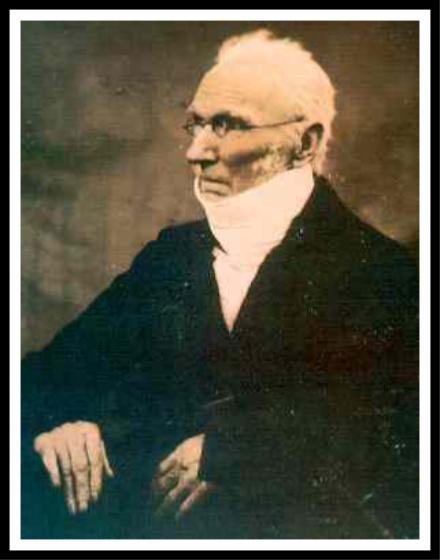
Papa Patrick later in life. He was a quirky fellow.
For the next 21 years, Charlotte bounced from one school to the next, worked as a governess and a teacher, hated working as a governess and a teacher and was happiest when she was with her family writing long, complicated stories of imagined lands.

Charlotte was a talented artist…imagine how amazing she would have been if she had the opportunities her brother did? This is her pencil sketch of Anne.
Motivated by their future poverty if their father died (and seeing that their brother Branwell was too wrapped up in drink to support them) they combined their talents as writers, a plan to circumvent society’s view of women writers, and oodles of poems and stories to become published authors under pen names Currer, Ellis, and Acton Bell. When Charlotte’s, er, Currer’s, Jane Eyre was published, she shot into literary fame and history. Her sister Emily/Ellis followed with the now classic but then shocking, Wuthering Heights, and Anne/Acton with Agnes Grey.
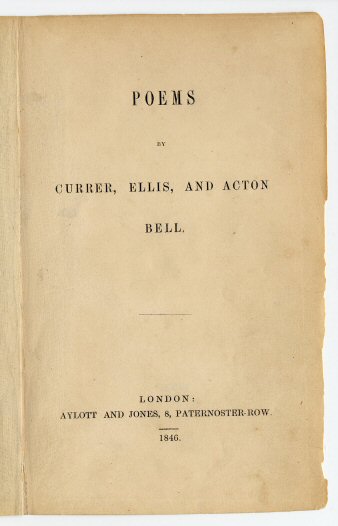
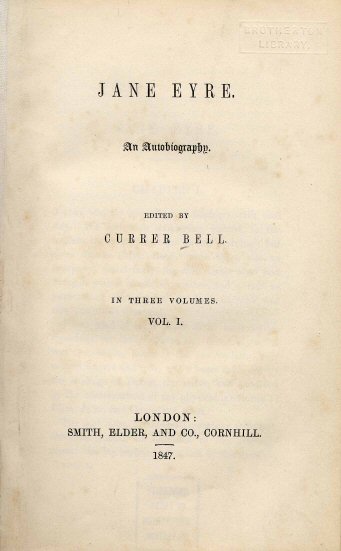
But a long life as celebrated authors wasn’t to be. In rapid succession, Branwell, then Emily, then Anne all died.
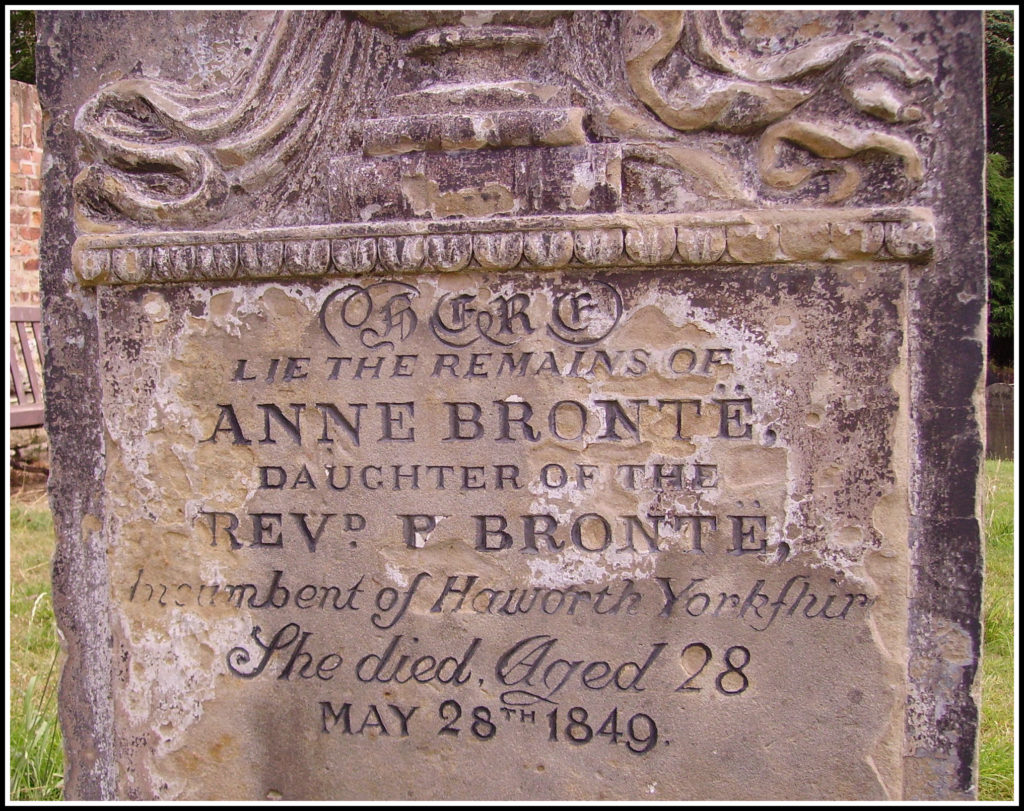
Left behind in Scarborough
Charlotte was the only one able to live as a well-known author once her true name was revealed. She wrote two more novels that were published in her lifetime and one and a half that were published posthumously. She did marry (probably for love but we debate that) and was soon pregnant. But this is a tragic tale already, why should it stop now? Charlotte died from complications from that pregnancy on March 31, 1855.
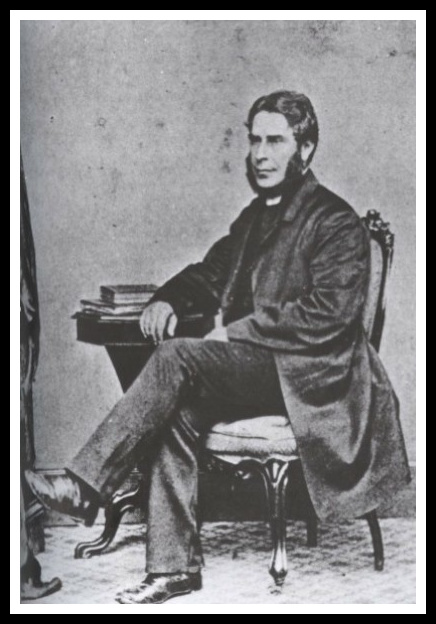
Charlotte’s husband, Arthur Bell Nicholls
Charlotte did have moments of happiness, beautiful memories of creating magical lands with her siblings, and left the world a story of a small and plain heroine that does have a happy ending.
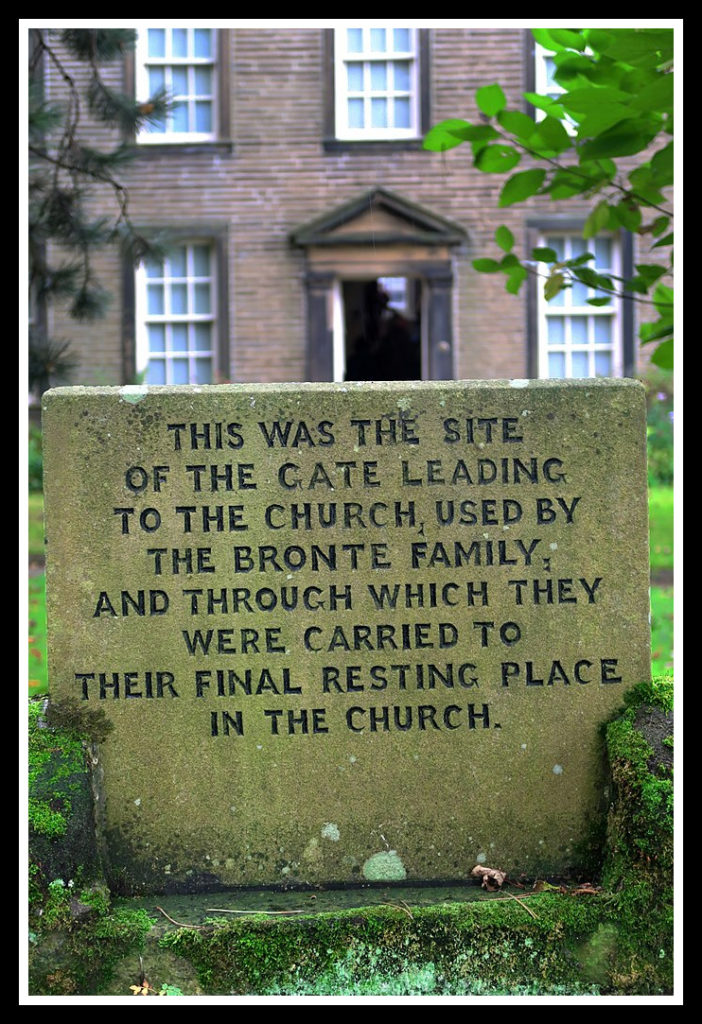
The town cemetery and washroom was in the front yard of the parsonage,
If you would like to see the area that Charlotte grew up in, here’s a lovely biography that we liked with a fantastic host:
Time Travel with the History Chicks
BOOKS!
Obviously, you should head to your favorite literary consumption tool and get your hands on copies of Charlotte’s books: Jane Eyre, Shirley, Villette, and The Professor. You might take this reading thing a step further and read Emily’s Wuthering Heights and Anne’s Agnes Grey and The Tenant of Wildfell Hall. You’ll hit a home run reading Poems by all three and we’ll get you started with a link to Poems on Project Gutenberg You’ll get personal extra credit points if you give a listen to the novel Charlotte was working on when she died, Emma (and maybe you’re the person to finish it properly) here it is on Librovox.
If you’re looking for biographies:
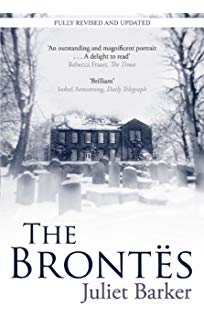
The heavy book Beckett talked about.

This is very good, by Juliet Barker
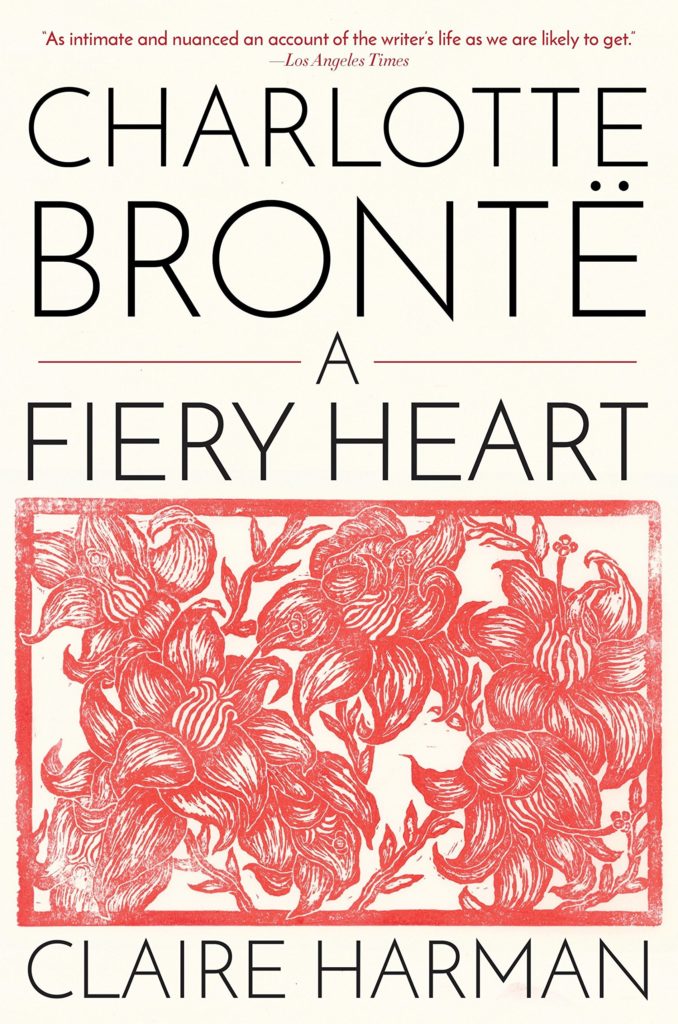
We both liked this one by Claire Harmon
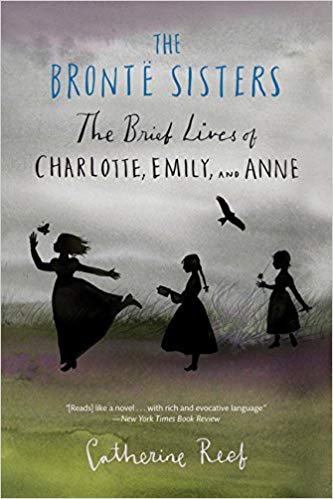
Good early YA by Catherine Reed
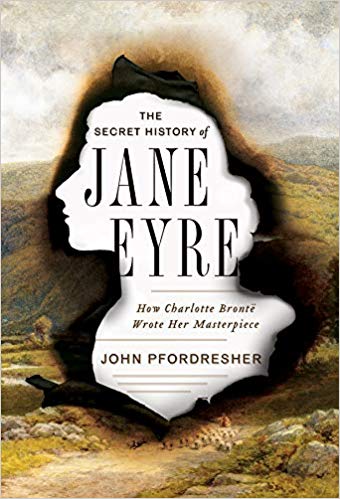
How much of Charlotte is in Jane Eyre? By John Pfordresher
Not biographies but biography adjacent:
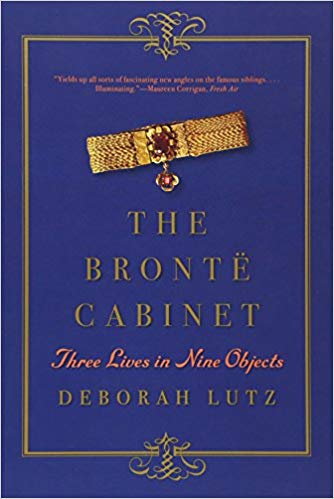
We both are fans of this one! By Deborah Lutz
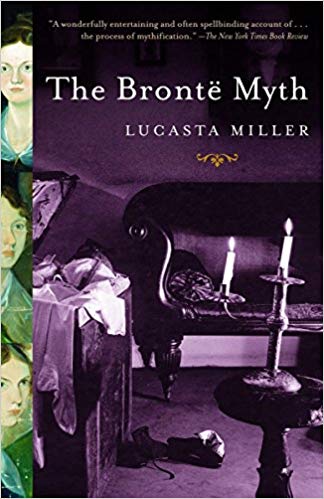
How the sisters’ images have evolved over the years by Lucasta Miller
…and some fiction:

The stories that were written by young Brontës
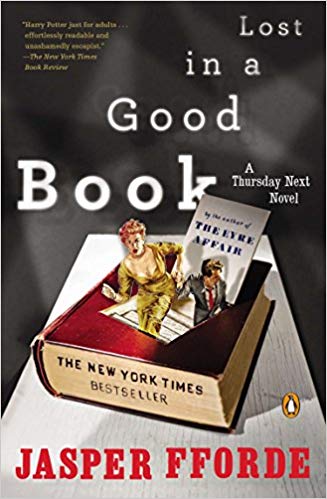
Fiction with an appearance by Charlotte and Jane (and sounded so interesting Susan bought it the day she heard about it.)
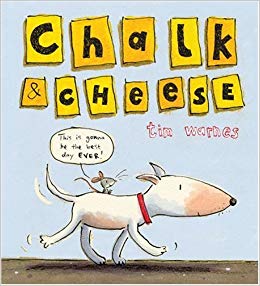
You really have to listen to the episode to understand why this is here.
WEB!
Brontë Parsonage Museum– the epicenter of all things Brontë would be the house that Charlotte grew up in, now a museum in West Yorkshire. The website is chock full of things to learn and see and you’ll go on a good virtual tour (although actually going is probably best. If you do, take some pics and share them on Instagram with #historychicksfieldtrip.)
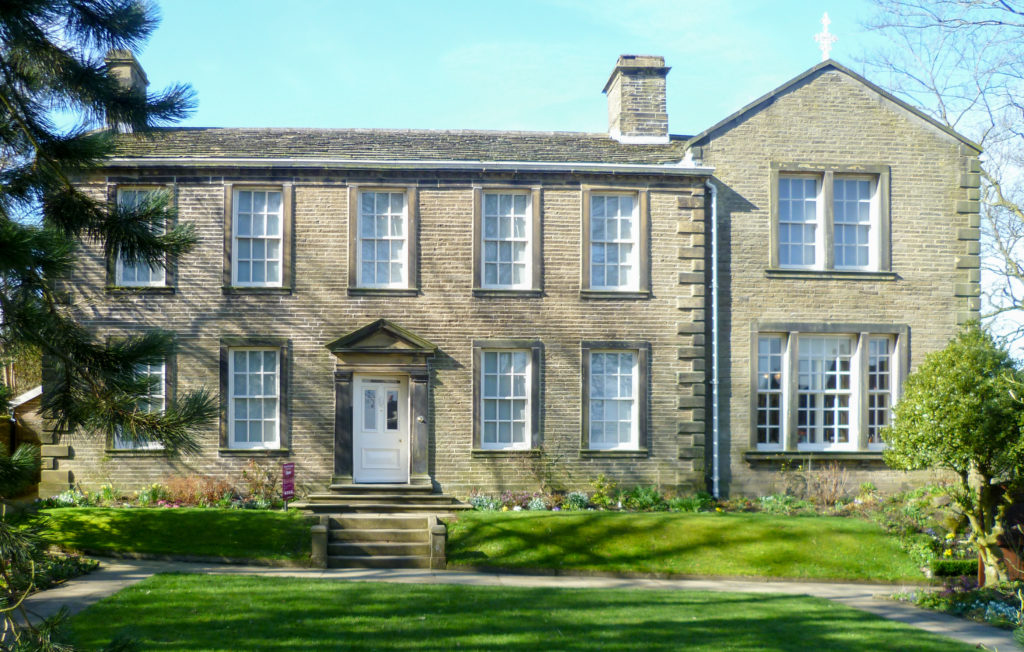
The parsonage in Haworth!
Speaking of travel, this blogger traveled the path of Anne in London and writes about the adventure of locating the spot where the Chapter Coffee House once stood. Charlotte, Emily, and Patrick stayed there on their way to Brussels, and it’s where Anne and Charlotte stayed when they went to London to clear things up with George Smith.
How did a fairly sheltered, unmarried, Parson’s daughter create all that steam? She had been practicing for a long time, per this article in The Guardian
What about that “Pillar Painting” (or “Beam Me Up”) of Branwell’s? Here’s the story about it and the original from The Telegraph.
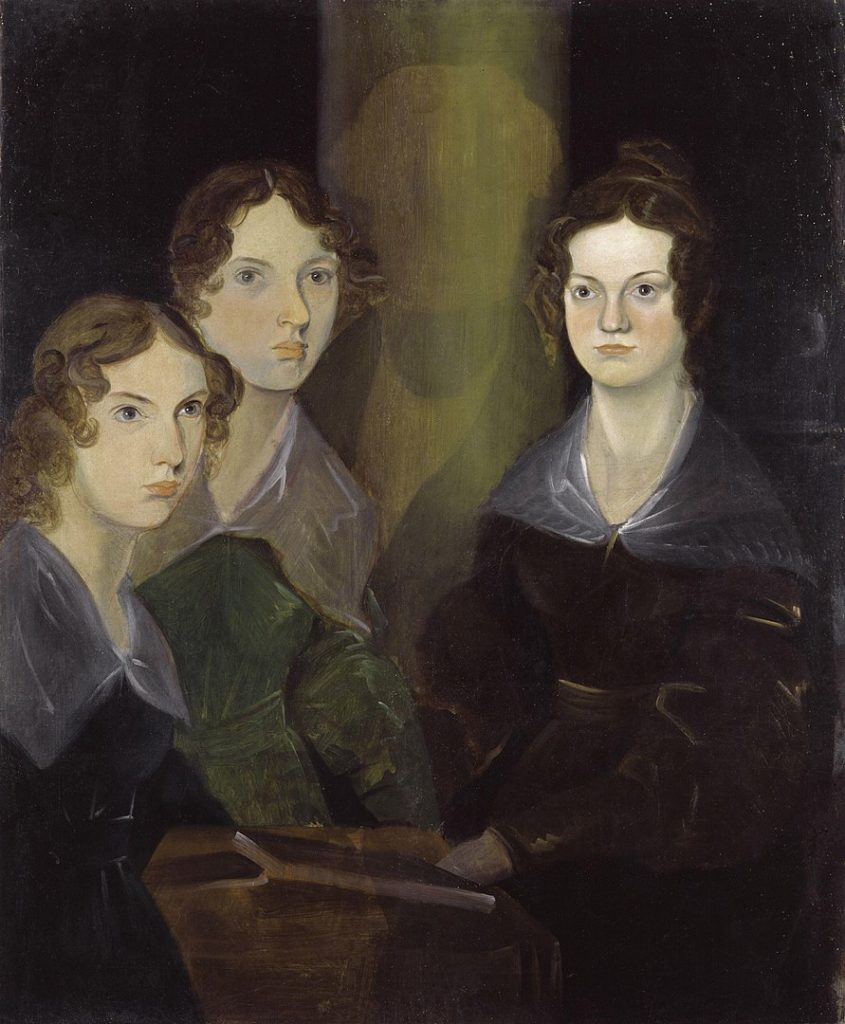
A restored version of Branwell’s painting
Where Charlotte herself explains the origins of Currer, Acton, and Ellis Bell (sadly, after Emily and Anne had passed away) from The Literary Ladies.
Perhaps we can speculate forever and never know the truth, but here’s some speculating about Emily having Asperger’s syndrome.
Ellen Nussey’s brother Henry, was the first man to propose to Charlotte…but was he the inspiration for St. John Rivers in Jane Eyre? This article from JPRStudies.org explores that.
The Clergy Daughter’s School in Cowan Bridge that all four sisters attended, but only two survived, was established by a Calvinist, and here is an article from Study.com on John Calvin and his beliefs.
MOVIES!
We both loved To Walk Invisible: The Brontë Sisters. If you want to watch only one thing, although this presents itself as a drama, the history (and casting) is spot on AND it was filmed in Haworth. Here we’ll make it easy for you, it’s streaming on Amazon Prime.
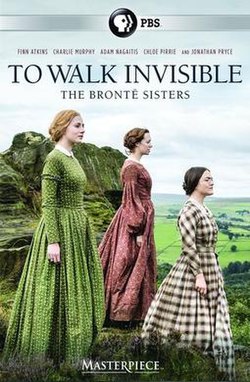
Very, very good!
There are so many versions of Jane Eyre, pick your own favorites but this was Susan’s (probably because it was her first, to be honest.)
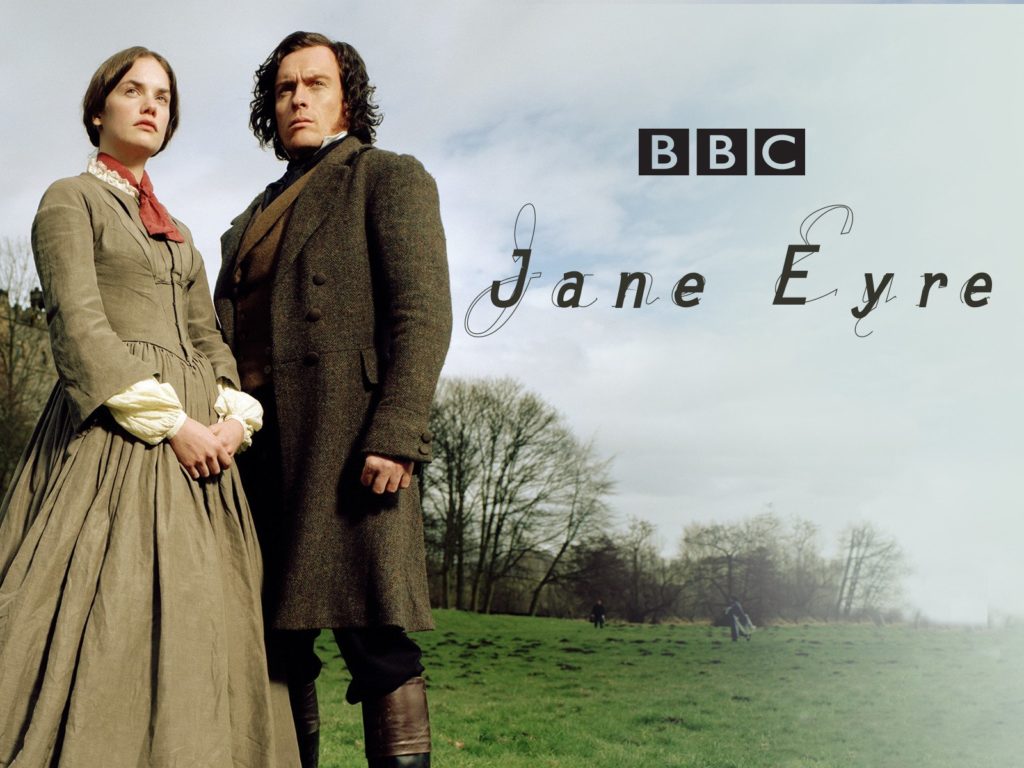
Streaming on Amazon
Finally, Susan never did figure out the keyboard shortcut to make a diaeresis (not an umlaut) so, yes, she copy and pasted Brontë each time. Also, here’s an article explaining the difference from The New Yorker.
Using the codes with our sponsors makes you a supporter of the show and you get introduced to some fantastic products and services, thank you!
For $80.00 off your first month of Hello Fresh go to HelloFresh.com/historychicks80 and use the code HISTORYCHICKS80

